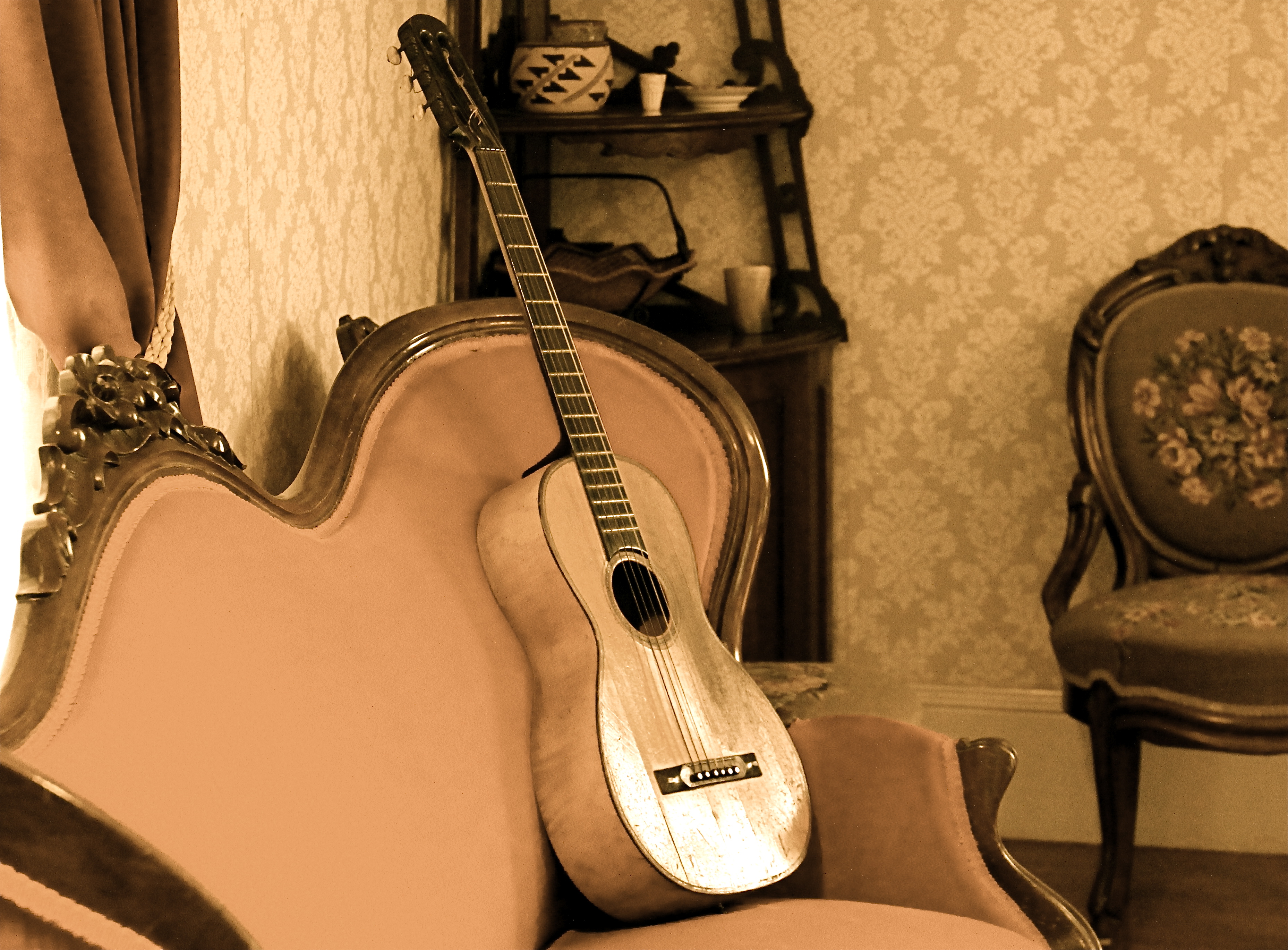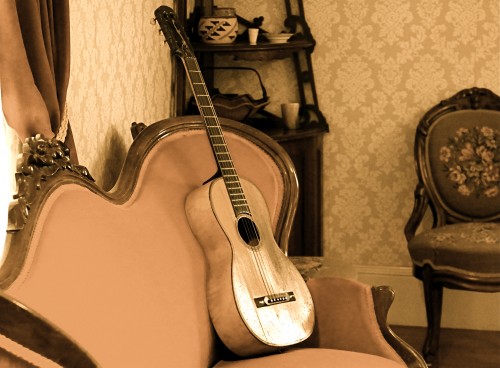Educational Purpose of Music Therapy
Music therapy can be used for a wide range of purposes, such as speech, physical, and emotional interventions. It is also applicable to a wide range of environmental settings, like the classroom or more healthcare type options. It’s wide range of usability and applicability, as well as, children’s uncanny draw toward music often make it a great option.
Teacher/Student Activities in Music Therapy
Teachers help children connect through music. They use an open medium of music that is based on the basic fundamentals of music: rhythm, harmony, beat, melody, tempo, timbre, pitch, texture, form, sonatina, syncopation. Students can practice listening, social skills, telling their story, and expressing feelings. Usually music therapy is done in a group for twenty minute to an hour.
Student Assessment/Accommodations in Music Therapy
Teacher will need a music player with headphones and a wide genre of music and/or a selection of songs to sing. It is also great to have instruments available to help students engage. Teachers can grade how this technique is working by student’s cooperation and how the class dynamics are before and after. This should help to create a calm, cohesive environment.
Related Articles
Play Therapy and Drama Therapy
Related Site
American Music Therapy Association


One thought on “Music Therapy: How Music Can Work to Improve Lives”